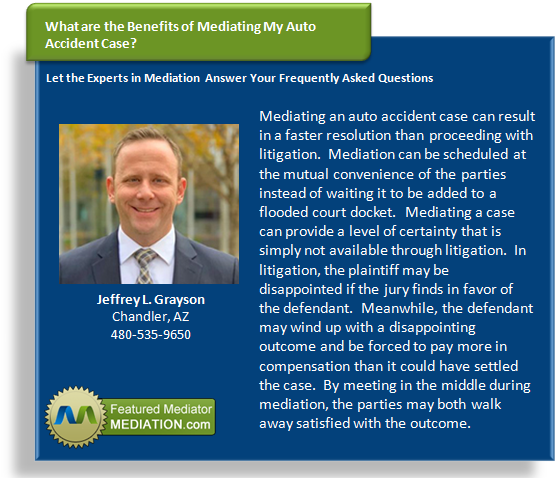Elements and Defenses of a Negligence Claim
 There are four basic elements to a negligence claim. These and possible defenses to them are discussed below.
There are four basic elements to a negligence claim. These and possible defenses to them are discussed below.
Duty
This element requires the victim to establish that the defendant owed the defendant a certain duty of care. This may be due to a relationship between the parties, such as doctor and patient or product manufacturer or consumer. A defense to this element may be that there was not such a relationship between the parties.
Breach of Duty
The victim must establish that the defendant breached his or her duty of care. This may be established by showing how the defendant’s conduct rose to the level of negligence. In a car accident case, this may be because of violating a traffic law. In a slip and fall case, this may be due to not inspecting the area for hazards. Defenses to this element are often the most common. The insurance company may try to say the victim contributed to the accident or that the defendant acted within the proper standard of care.
Causation
This element requires the victim to establish the link between the defendant’s breach of duty and the victim’s injuries. For example, the defendant’s act of speeding may have caused him or her to collide with the victim’s vehicle. The defense may argue that the injures were pre-existing or were caused by another factor.
Damages
The victim must show that he or she was injured. The defense to this element may be that the victim’s injuries are exaggerated or were not incurred in the accident.









